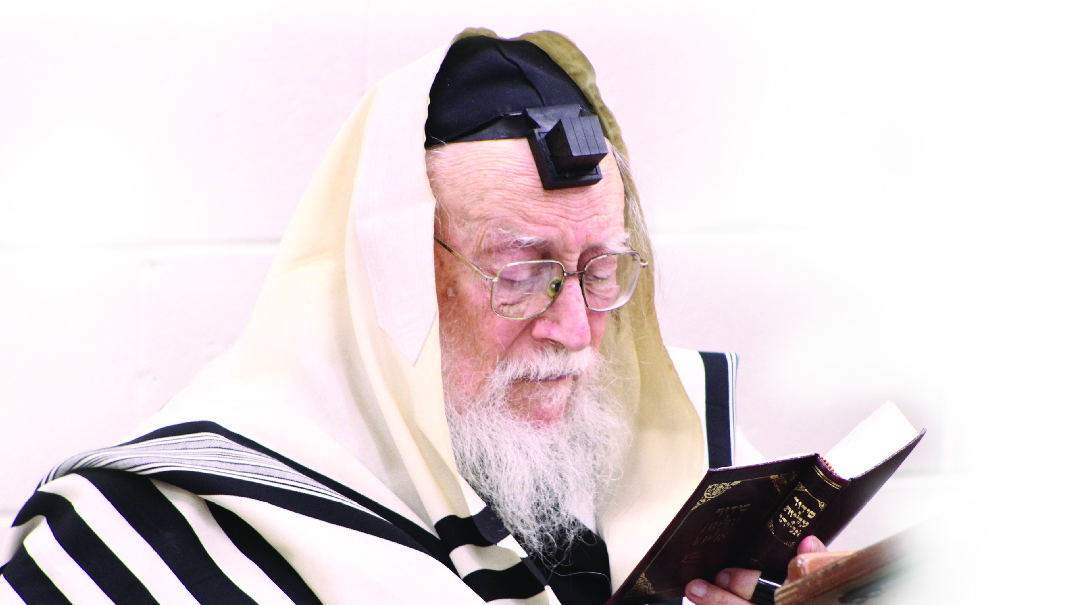For This We Were Created

The story of Rav Yitzchak Scheiner is the tale of a rosh yeshivah who went from a public high school senior in the 1930s to become the torchbearer of the great Kamenitz tradition

Photos: AEGedolimphotos.com,, Mattis Goldberg, YDT Archives
One day in 1938, a roving rabbi and meshulach doing the rounds of the great American Jewish hinterland ventured beyond his normal route into a less affluent suburb of east Pittsburgh.
Of all the city’s 60,000 Jews, Rabbi Avraham Bender — a menahel of the Slonimer Yeshivah in Poland turned emissary of New York’s Yeshivas Rabbeinu Yitzchak Elchanan – trusted the kashrus of just three Pittsburgh families. One of those was the Scheiners, whose teenaged son Isadore had just graduated from Peabody High School and was planning on going to college to study mathematics.
The young man made a good impression, and turning to his host, Rabbi Bender asked, “Why don’t you send your son to yeshivah?”
“Are there still yeshivahs in America?” replied the elder Scheiner, unaware of the glimmerings of a religious future growing in New York. So the Scheiner boy, an only son, accompanied the guest back east to Yeshivas Rabbeinu Yitzchak Elchanan.
The rest, as they say, is history. Because the public school graduate from Pittsburgh went on to become Rav Yitzchak Scheiner ztz”l, heir to the Torah of Rav Boruch Ber Leibowitz and world famous rosh yeshivah of Kamenitz in Jerusalem.
It’s that background that makes Rav Yitzchak Scheiner’s story so compelling. Each gadol is great in his own way, yet the journey from middle America to Torah aristocracy produced a rosh yeshivah whose towering greatness was matched by being utterly down-to-earth.
He was the young bochur whose “glatte kop” became the compass by which his rebbe, Rav Reuven Grozovsky — Rav Boruch Ber’s son-in-law — prepared his shiurim. “Whatever he did not understand,” said Kamenitz Mashgiach Rav Moshe Aharon Stern in Rav Reuven’s name, “I did not say over.”
Yet for the same Rav Yitzchak Scheiner, brilliance in learning and his position as torchbearer of the great Kamenitz tradition went hand-in-hand with a warm smile and total simplicity. “When he would stay at my uncle’s house in America,” recalls one talmid, “he would bring the children presents — and then sit on the floor and play with them as well.”
That awareness of his own path stayed with Rav Yitzchak Scheiner throughout his life. “He became a member of the Moetzes Gedolei HaTorah,” says Rabbi Yaakov Bender, rosh yeshivah of New York’s Darchei Torah. “But as he has often told me, ‘If not for your grandfather Rav Avrohom Bender, I would be a mathematician.’”
Oops! We could not locate your form.












